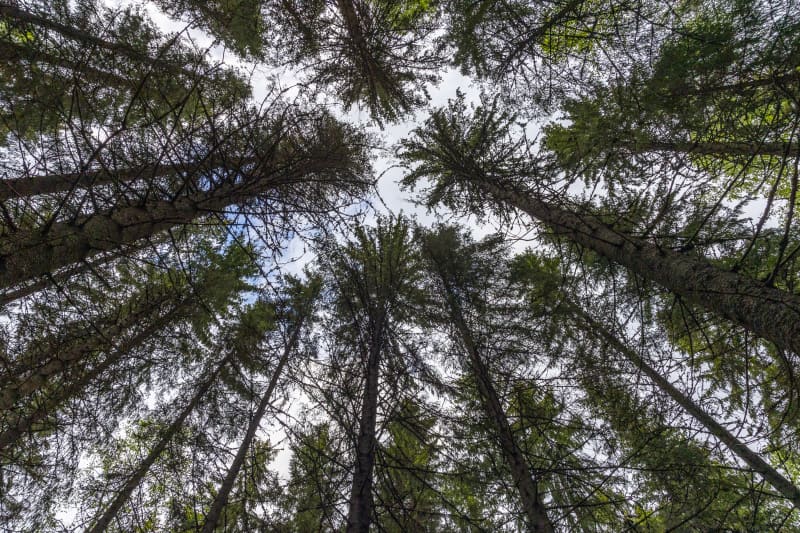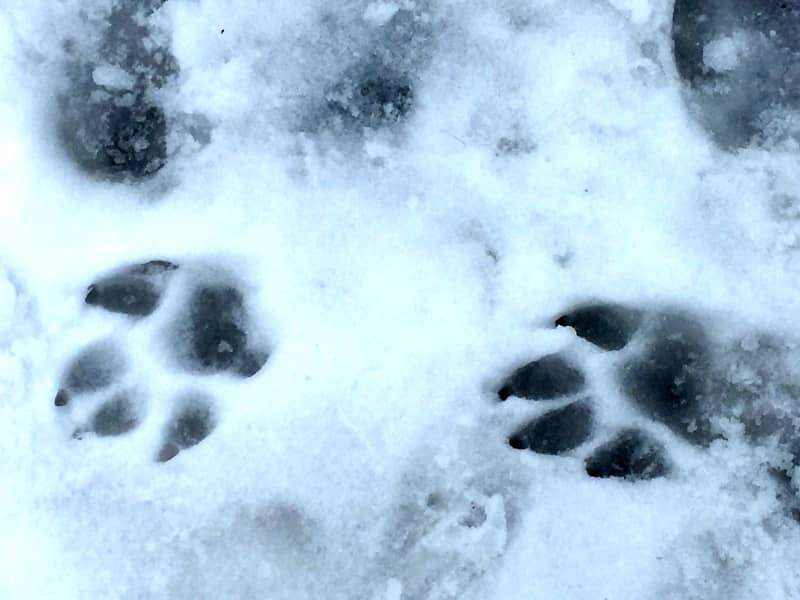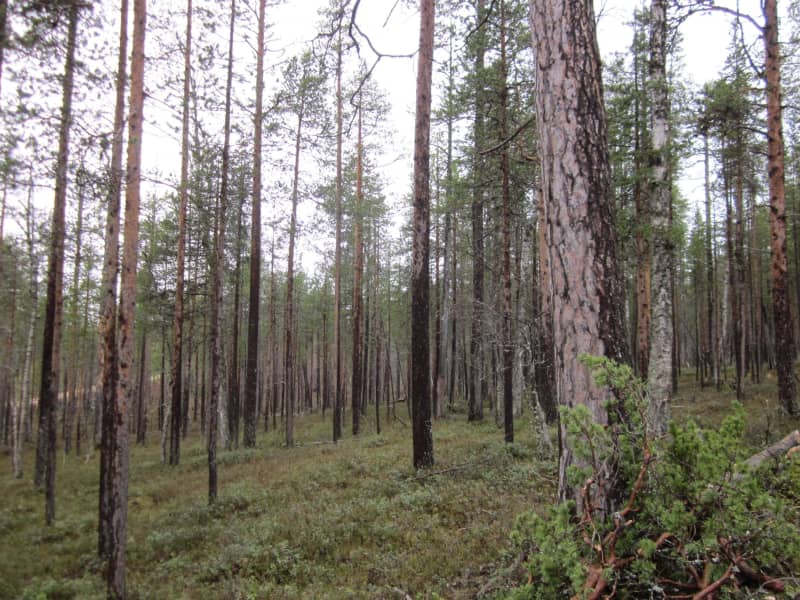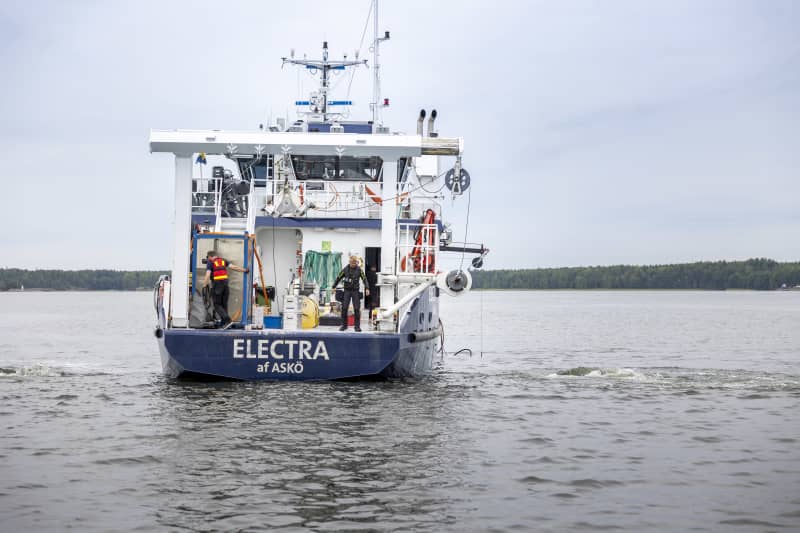The Asian cheetahs became extinct in India in 1952. Now the country has launched an intercontinental translocation operation to bring African cheetahs to an Indian national park.
India has started to reintroduce cheetahs to the wild. Eight Namibian cheetahs arrived in India on Saturday. They are due to be released in the coming months.
Officials say this is the world’s first transcontinental transfer of cheetahs to a new habitat.
Five cheetah females and three males were flown by cargo plane to India from a Namibian wildlife park.
– When the cheetah runs again, the grasslands recover. Biodiversity is increasing and Ecotourism is progressing, Modi said.
Through quarantine to nature
After the quarantine, the cats are to be moved to a larger enclosure, where prey animals such as fallow deer and antelope also live. Researchers hope that cheetahs will learn to prey on them.
Tracking collars are put on the cheetahs and they are supposed to be released into the wild in a couple of months. There, the cats are on their own, but their movements are monitored regularly.
Kuno was chosen as the new habitat for the felines because there are plenty of prey animals suitable for cheetahs living in the national park area. The place is located in the state of Madhya Pradesh, more than 300 kilometers south of the capital Delhi.
According to researchers, Kuno is big enough for 21 cheetahs. If the cats manage to establish territories and reproduce, they may spread to the forests and grasslands surrounding the national park. There would be additional space for twelve cheetahs.
In India, there used to be Asiatic cheetahs, which are genetically close to their African relatives. India’s cheetah population became extinct in 1952.
Nowadays there are only a few dozen wild Asiatic cheetahs left in Iran.
There are about 7,000 cheetahs in the whole world. Their populations are shrinking in most countries. The growing number of people, shrinking habitats and climate change are a threat to these felines.
More cats from South Africa to India
South Africa is an exception. There are so many cheetahs that their living space is running out.
Currently, South Africa has quarantined twelve cheetahs, which are to be moved to Kuno National Park. Experts hope that these cats could thrive in India.
Other experts are more cautious about moving cheetahs.
According to Chatterjee, the arrival of cheetahs in the Kuno area raises questions about how their presence affects other predators. For example, leopards already live in the area, which may become competitors of cheetahs.








